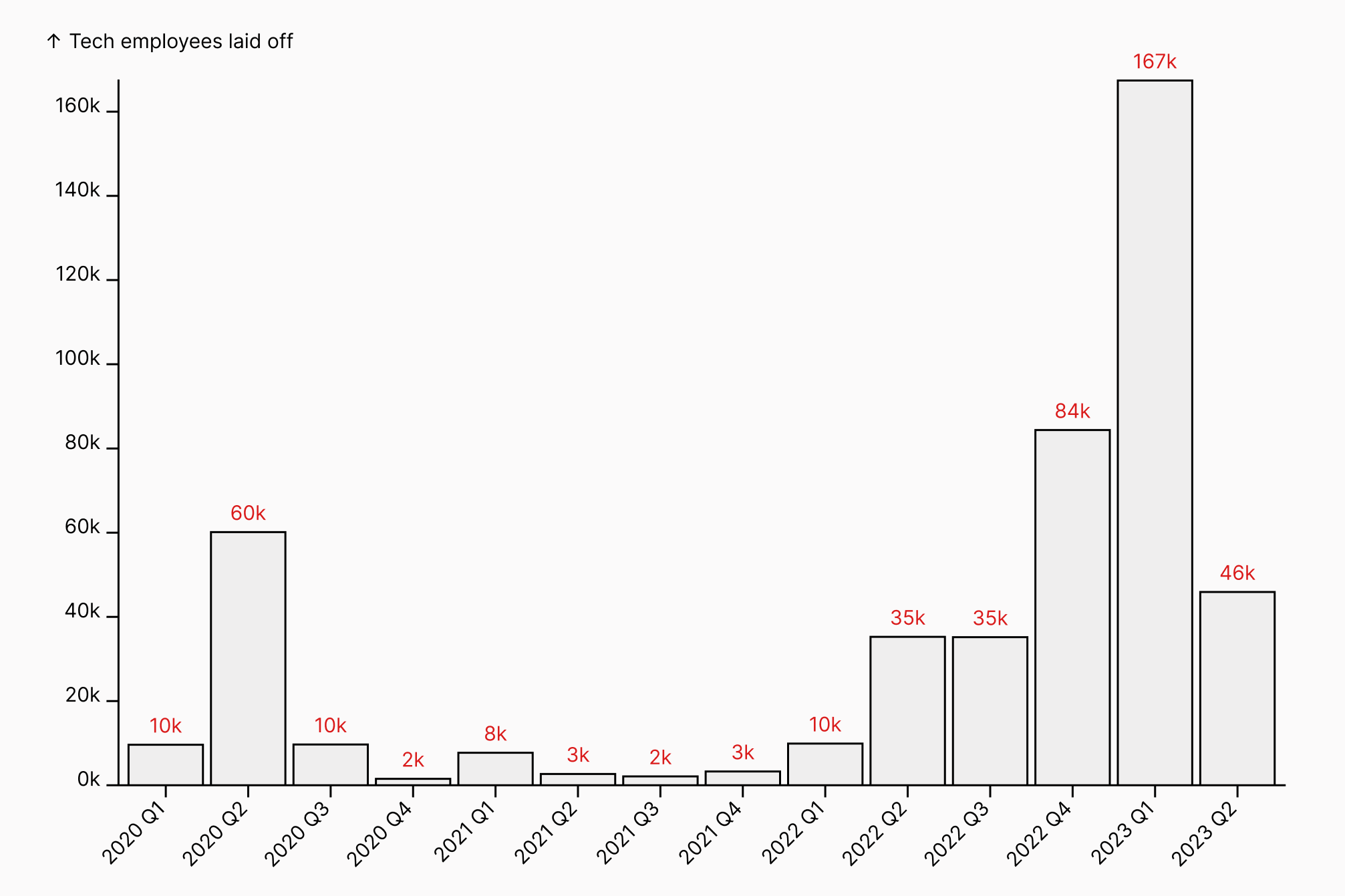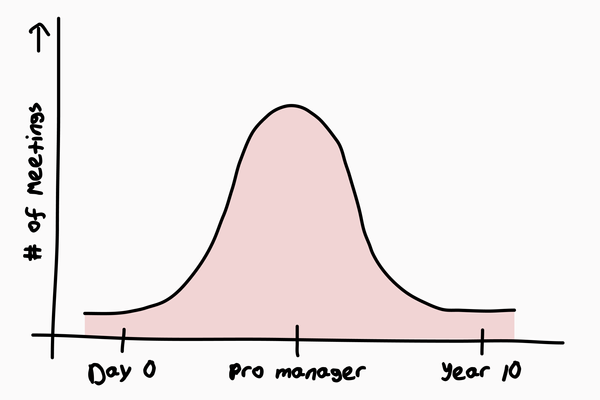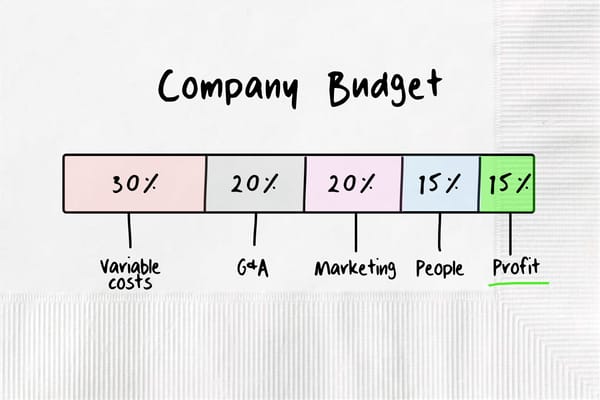Is RIF a Dirty Word? How Necessary Layoffs Are Done Gracefully
The workforce must match the operating scale of the business.

High growth tech companies hire quickly. But firing quickly as a countermeasure is rarely used, and it is avoided for good reason: employees and their families depend on salary and healthcare; company stability is important for worker mental well-being; building quality relationships with coworkers takes years; and more.
Sometimes layoffs are necessary, though. While poorly managed layoffs can derail a company, impacting many more people than those initially laid off, correctly managed layoffs ensure the survival of the company with minimal disruption to impacted employees. Below is a blueprint on how to approach layoffs, known in industry jargon as a reduction in force, or a RIF.
Tech employees laid off since 2020

My story
In June 2022, we realized that the operating metrics of Albert, the banking app I founded in 2016, could not support the size of the company's workforce. We made a common mistake made by other venture capital backed tech companies: we hired to meet future demand. G&A costs as a percentage of revenue reached over 50%, which was too high for a company generating almost $100 million of revenue.
With few exceptions, companies should only hire to meet current demand. While the future growth we projected at Albert ultimately did come, it came later. Companies cannot afford to incur operating losses while waiting for growth, and Albert was no exception. When we did grow into the projections, we hired again.
We learned several important lessons at Albert:
- Act decisively if operating income does not support the size of the workforce.
- A reduction in force can be handled gracefully.
- The negative impact on company culture is overstated when a RIF is handled correctly. While a RIF is initially disruptive, a strong company culture will survive. People will later appreciate that resizing the workforce was necessary for survival.
How to conduct a RIF, correctly
Once you've realized that the company's operating metrics do not support the size of its workforce, you must reduce the size of the company. And you must act swiftly. Delaying the decision spends precious dollars needed to survive until growth catches up.





